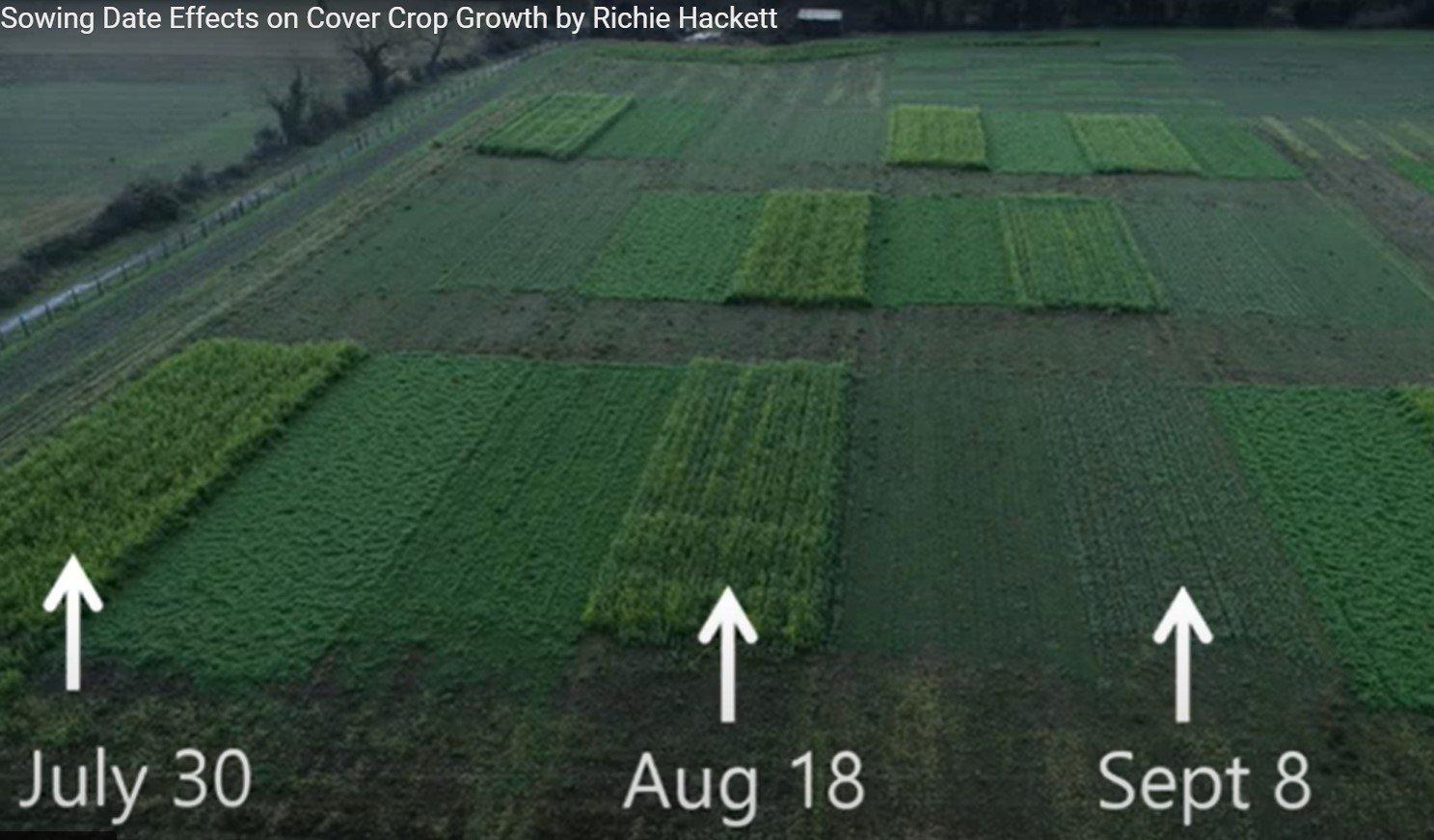
Teagasc Crop Report
Crop Report Update Number 12 2024
Crop Report Update Number 12 2024
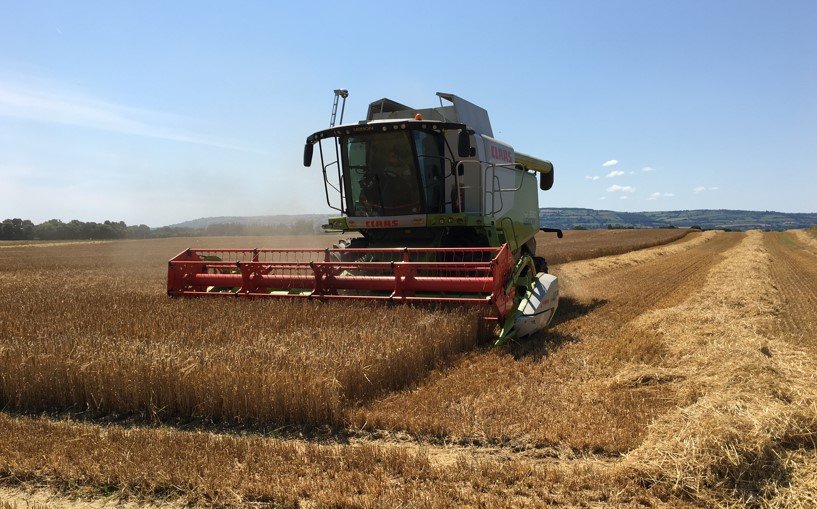
To view the full report you must have an existing account with Teagasc ConnectEd.
Farmers sign in hereAlready have a ConnectEd account? Connected Client or Teagasc staff log in here
Winter Oilseed Rape
While some of this season’s winter oilseed crop remains to be harvested, it is important to plan for next season’s crop. Early sowing is crucial for canopy development but many growers may be constrained by unharvested crops and straw removal, which may alter plans.
The area of winter oilseed rape increased to 20,500 ha in 2023 in response to favourable prices and an earlier than normal finish to the harvest but dropped to 15,000 in 2024. A reduction in the area of the main entry crop, winter barley (43,000 ha), in 2024 and late planted spring barley will reduce the openings for WOSR this season.
There has been an increase in the number of cases of club root in the last 12 months. It is important to observe good rotations to reduce the risk of club root. Oilseed rape should not be grown on land where brassicas have been grown during the previous 4 years.
Click here for further information on establishment, seed rates and varieties.
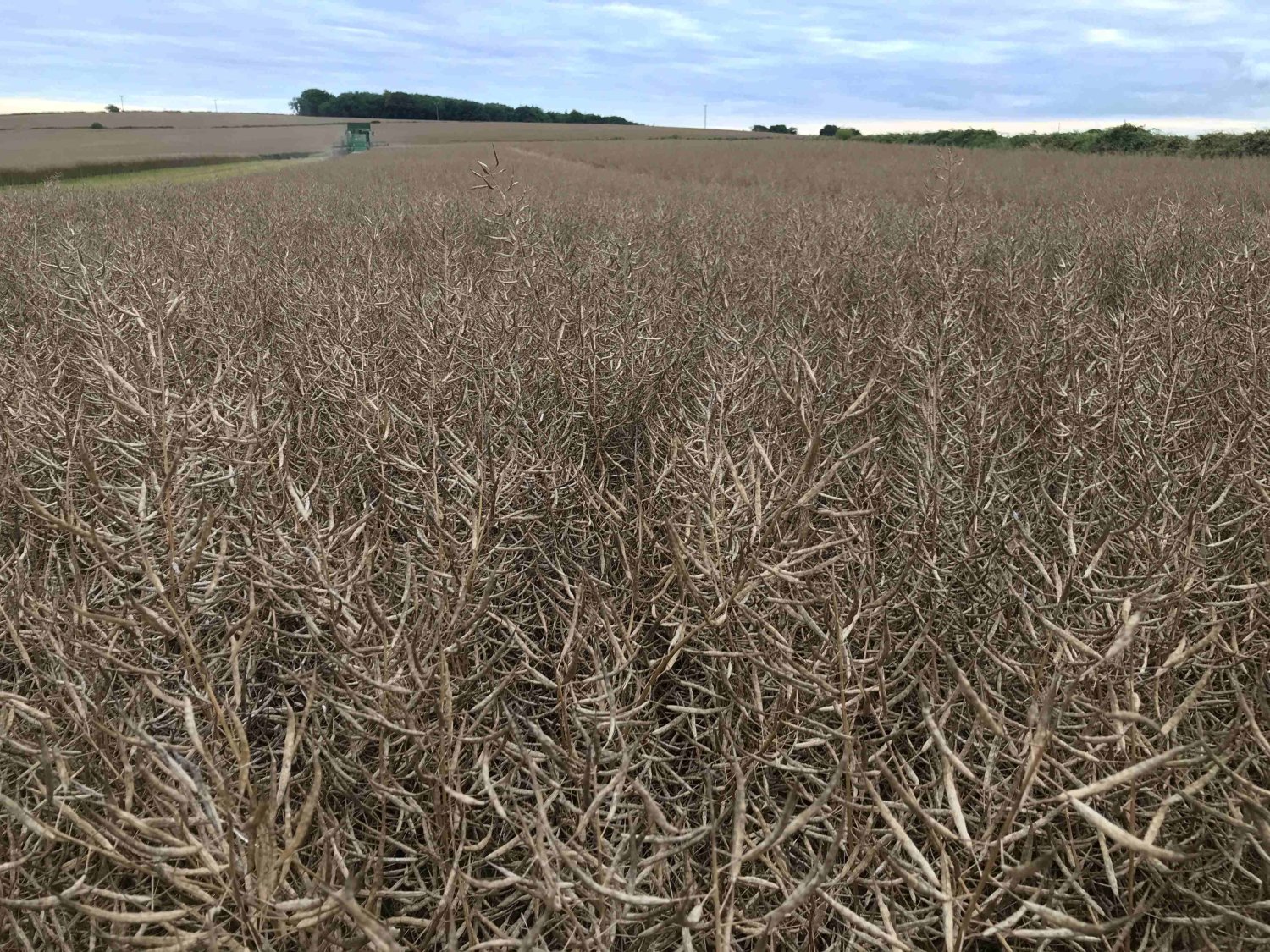
Fodder beet
Fodder beet area increased by 800ha to 10,000ha in 2024. Due to a combination of late sowing and poor growth crops were later than normal closing the furrows this year. Disease control will be the final task before harvesting in autumn/winter.
Please create an account to view hidden content
Potatoes
Second early crops are now starting to be lifted with variable yields being recorded. A recent blight warning has increased the pressure on many crops with reports from amateur growers of crops being badly affected.
Please create an account to view hidden content
Resistance testing (grass & broad leaf weeds)
Reminder, if you come across weeds during the harvest where you suspect a herbicide resistance issue, take a sample and send to Teagasc Oak Park for resistance testing.
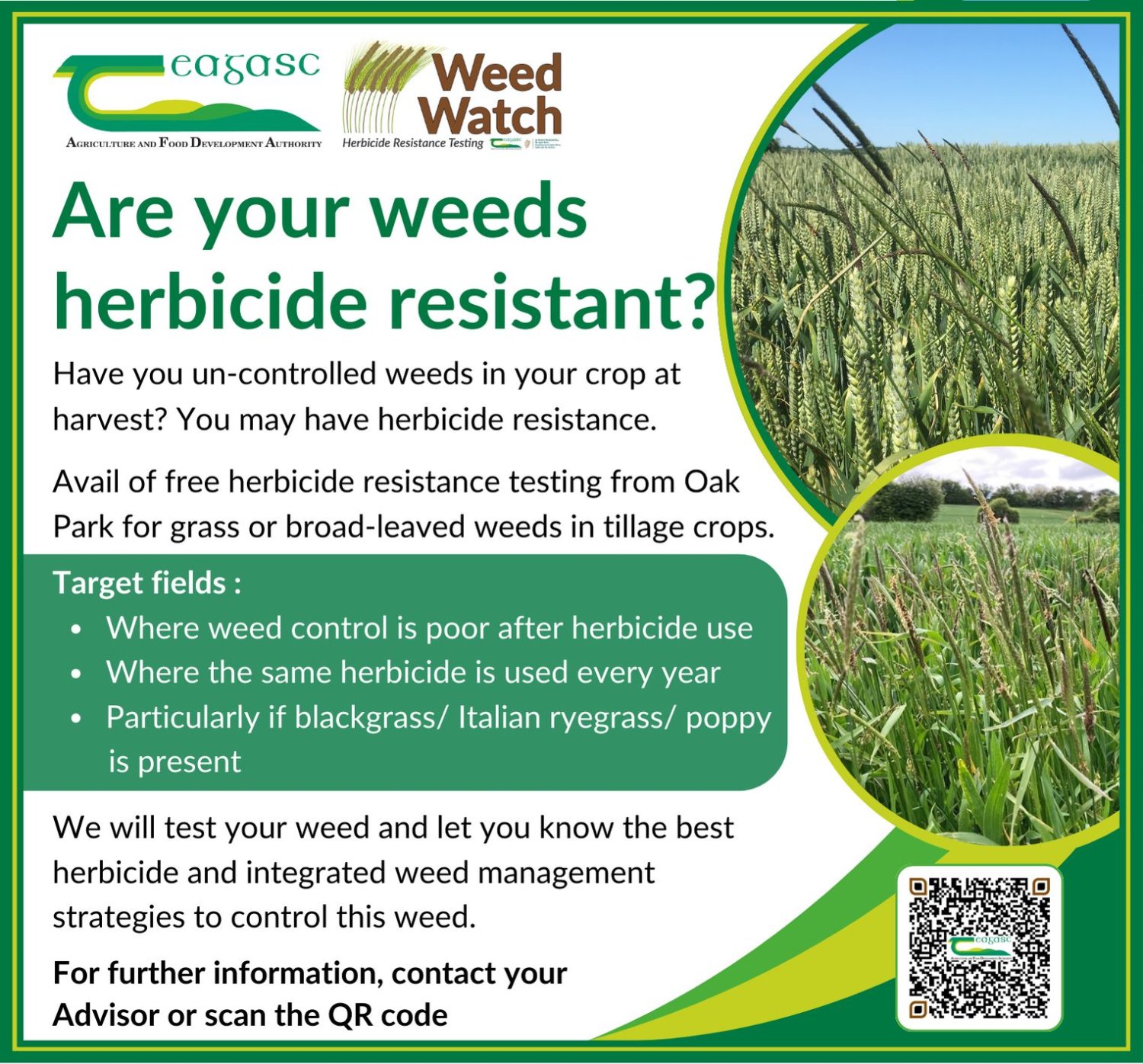
Time to assess your soil health
The post-harvest period is the ideal time to give some attention to your most valuable resource- your soil. Particularly after such a challenging year, where the 2023 harvest and all sowing operations were conducted in less than ideal conditions, the combine is no doubt giving a good indication of where the soil structure has been degraded. For more information of how to visually assess your soil structure and learn how to remediate any damage, click here.
Also it is import to assess your soil fertility. Soil samples are valid for 4 years and the soil sampling year begins on the 15th September. Under current regulations, you cannot apply phosphorus (P) to an arable soil or to a grassland soil, where the grassland stocking rate exceeds 130kg organic N/ha, without a valid soil sample.
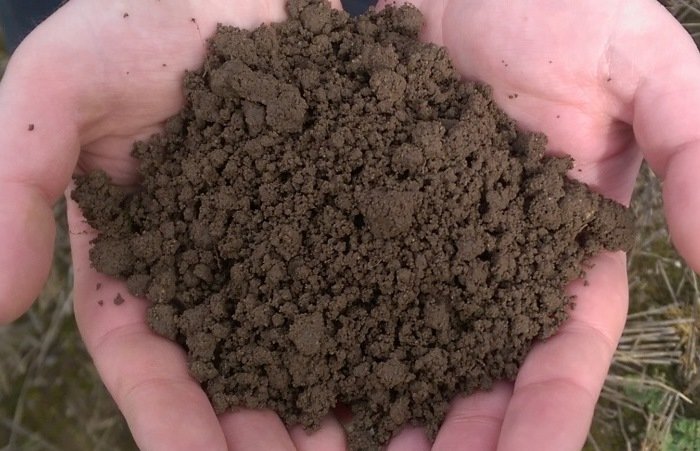
Stubble cultivation
The Nitrates Directive is designed to prevent pollution of surface waters and groundwater from agricultural sources and to protect and improve water quality. As part of the Nitrates Directive, tillage farmers are now required to take measures to establish green cover as soon as possible post harvest to prevent the pollution of waters caused by nitrates.

Shallow cultivation or sowing of a crop/catch crop must take place within 10 days of the baling of straw, or where straw is chopped, within 10 days of harvest. In all circumstances, shallow cultivation or sowing of a crop/catch crop must take place within 14 days of harvesting.
Click here for more details on stubble cultivation or consult DAFM website for FAQ on stubble cultivation.
Cover or Catch Crops
As fields are harvested and cleared of straw the focus will turn to cover crops. There are various cover crop mixes which can be used for different purposes. To get the most out of planting a cover crop early planting is essential (Video). Early planting gives the crop the best chance to develop both under and overground biomass and improve soil functionality and soil health. There are changes to the ACRES specification allowing a wider range of species to be used and the ability to adjust the rates within a mix.
